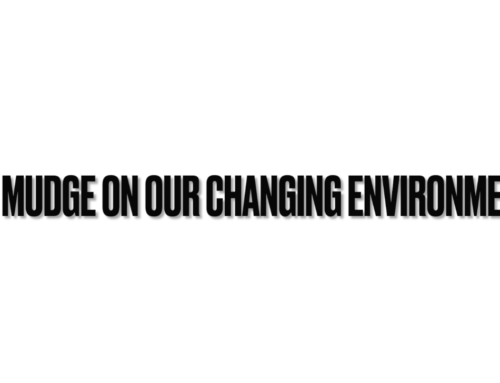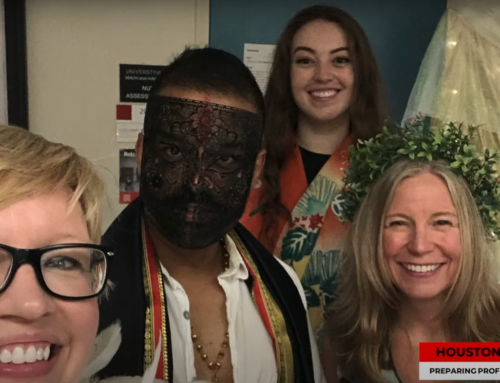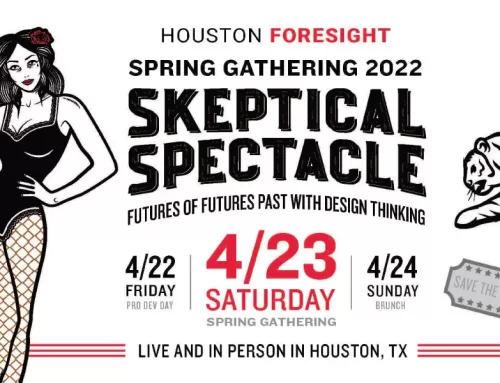I’m having great fun with our Alternative Perspectives on the Future class! In a recent class, we explored methods or techniques for calling forth our intuition – and we’re grateful to Professor Emeritus Oliver Markley’s work in this area. These methods and others we’re exploring in class are unconventional, at least in relation to many organizations (many of whom would even find more mainstream foresight approaches as unconventional). So the question of “how does one apply unconventional foresight approaches” has been a topic we have frequently circled back to.
So I thought I’d share a few ideas and some experience, recognizing that of course other practitioners will have other experiences and there is no single “right” way. And one person’s “alternative” might be another’s conventional.
I most often use the alternative approaches as a supplement to more conventional ones. By conventional, in this case I mean that I have a generic approach to foresight projects, based on the Thinking about the Future framework of framing, scanning, forecasting, visioning, planning, and acting. Within each of those activities, I have my personal favorites, that is, there are certain approaches to scanning or to forecasting that tend to be my default, unless the particular project seems to call for a specific technique. So, in the course of a project using my framework and “favorite” or particular techniques, I might see an opportunity to use a particular alternative technique. For example, in a scenario project, I might plug in a CLA module to make sure that something was not missed or to help stretch the team’s thinking.
Alternative approaches can also be used in a stand-alone fashion. One can build an expertise in them and build a competency and reputation with them. Many futurists have built their careers this way. It may be a bit riskier – the pioneer typically treads a more difficult path – but it may be more rewarding.
Another key issue is whether to use the technique with the client or just use it among ourselves (the consulting team). The advice here is “know your audience.” Some groups will welcome the chance to do something different and others will be turned off by it. And perhaps more importantly, know yourself. Are you comfortable with the techniques and sufficiently practiced? What is your risk tolerance?
Again, no right answer, and not even a simple one, but questions that are worth pondering as one build their personal foresight practice. Andy Hines





